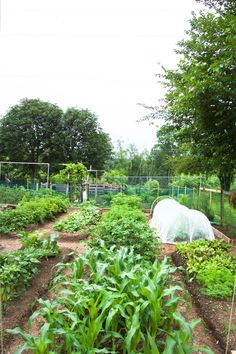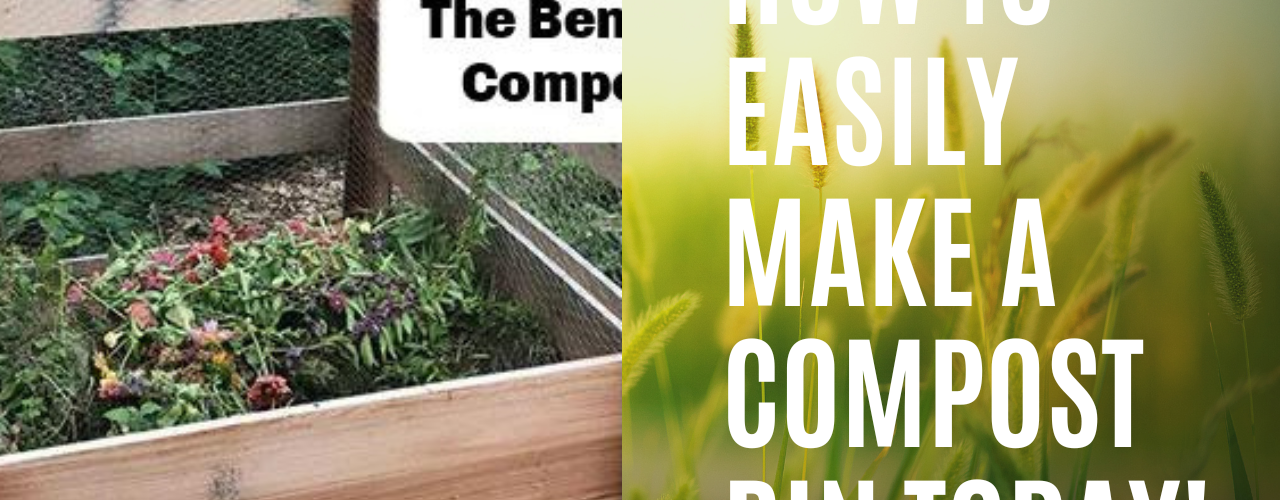
Composting is a great way to reduce waste, conserve water, and turn kitchen scraps into nutrient-rich soil. A fertilizer bin is a perfect tool for managing your compost pile, and it’s easy to make one with a few simple materials. In this article, we’ll explore the benefits of composting, why you should make a compost bin, the materials needed to make a compost bin, and a step-by-step guide on how to make a compost bin. We’ll also include information on caring for your compost bin, other uses for a compost bin, troubleshooting common soil conditioner problems, and alternatives to making a soil conditioner.
So here are some ways how to make a Compost Bin Today.
Introduction to Composting
making a fertilizer Bin Today is easier than ever, this process is a natural process of decomposition and recycling of organic material. It’s a simple process that anyone can do to reduce waste and improve the condition of their garden soil. Composting is a great way to turn kitchen scraps and yard waste into nutrient-rich soil that can be used to grow healthier plants.
Composting starts with gathering up organic material such as vegetable and fruit scraps, coffee grounds, grass clippings, and leaves. This material is placed in a compost pile and left to decompose over time. The compost pile needs to be managed in order to ensure that it breaks down properly. That’s where a fertilizer bin comes in.
Benefits of Composting
Making a fertilizer Bin has many benefits. It reduces the amount of waste going into landfills, conserves water, and helps reduce the number of toxic chemicals used in agriculture. Compost also helps retain moisture in the soil, improving its fertility and structure. Finally, compost is a great source of nutrients for your plants, making them healthier and more resistant to pests and diseases.
Why Make a Compost Bin?
A fertilizer bin is a great way to manage your fertilizer pile. It helps keep the compost contained, making it easier to move around and manage. It also helps keep the compost pile from getting too wet or too dry, which can slow down the decomposition process. With a fertilizer bin, you can keep your compost pile in one place and make sure it breaks down properly.
Materials Needed to Make a Compost Bin
Making a fertilizer bin is easy and inexpensive. You’ll need a few basic materials such as wood, screws, hinges, latches, and a few tools. Here’s a list of the materials you’ll need:
- Wood: You’ll need two pieces of wood for the sides of the bin and one piece for the bottom. The pieces of wood should be cut to the size you want your bin to be.
- Screws: You’ll need screws to join the pieces of wood together.
- Hinges: You’ll need two hinges for the lid of the bin.
- Latches: You’ll need two latches for the lid of the bin.
- Tools: You’ll need a drill and a saw to cut the pieces of wood to the desired size.
You can find these materials at your local hardware store or online.
Step-by-Step Guide to Making a Compost Bin
Making a compost bin is easy and only takes a few simple steps. Here’s a step-by-step guide on how to make a fertilizer bin:
Step 1: Measure and cut the pieces of wood. Measure the desired size of your bin and then use a saw to cut the pieces of wood to the right size.
Step 2: Attach the sides of the bin. Use screws to attach the sides of the bin to the bottom piece of wood.
Step 3: Attach the hinges. Attach the hinges to the sides of the bin.
Step 4: Attach the latches. Attach the latches to the sides of the bin.
Step 5: Add the compost. Once you assembled the bin, you can add the compost to the bin.
And that’s it! You’ve just made a soil conditioner.
Tips for Caring for Your Compost Bin
Now that you’ve made a soil conditioner, it’s important to take good care of it. Here are some tips for caring for your soil conditioner:
- Make sure to add a layer of soil or compost to the bottom of the bin before adding the compost. This will help keep the compost from getting too wet.
- Turn the compost in the bin regularly to help it break down faster.
- Keep the compost bin in a cool, shaded area to help the compost break down more quickly.
- Make sure to add water to the compost bin if it gets too dry.
- Make sure to add more materials to the compost bin regularly to help it break down.
yet, By following these tips, you can ensure that your soil conditioner is well taken care of.
Other Uses for a Compost Bin
you can use Compost bins for more than just composting. Here are some other uses for a soil conditioner:
- Worm composting: A compost bin can be used for worm composting, which is a great way to create nutrient-rich compost for your garden.
- Compost tea: Compost tea is a liquid fertilizer made from compost. It’s a great way to fertilize your plants without using chemicals.
- Compost tumblers: A compost bin can be used to make a compost tumbler, which is a great way to aerate the compost and speed up the decomposition process.
- Compost heater: A compost bin can be used to make a compost heater, which is a great way to generate heat for your garden in the winter.
just a few of the ways you can use a soil conditioner
Troubleshooting Common Compost Bin Problems
Compost bins can sometimes have problems, but there are a few simple things you can do to troubleshoot them. Here are some common problems and their solutions:
- Compost is too wet: If the compost is too wet, add more dry materials such as straw or sawdust to absorb the excess moisture.
- Compost is too dry: If the compost is too dry, add more water to the bin or cover the bin with a tarp to retain moisture.
- Compost smells bad: If the compost smells bad, add more dry materials such as straw or sawdust. You can also add a compost activator to help speed up the decomposition process.
By troubleshooting these problems, you can make sure your soil conditioner is working properly.
Alternatives to Making a Compost Bin
If you don’t want to make a fertilizer bin, there are other options. You can buy a it from your local garden center or online. therefore, You can also build it pile without a bin, or use a tumbler or barrel composter.
Conclusion
Composting is a great way to reduce waste, conserve water, and turn kitchen scraps into nutrient-rich soil. A fertilizer bin is a perfect tool for managing your fertilizer pile, and it’s easy to make one with a few simple materials. In this article, we’ve explored the benefits of composting, why you should make a fertilizer bin, the materials needed to make a fertilizer bin, and a step-by-step guide on how to make a fertilizer bin. Furthermore, We’ve also included information on caring for your soil conditioner, other uses for a fertilizer bin, troubleshooting common soil problems, and alternatives to making a soil conditioner. finally, Now that you know how to make a soil conditioner, you can start composting today and enjoy all the benefits it has to offer!
